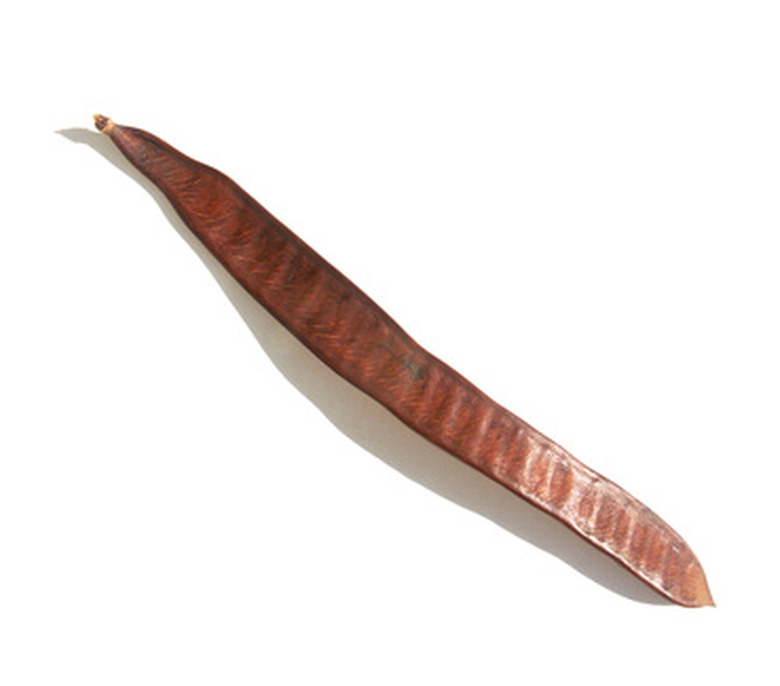Shade Trees With Beans
Any tree that produces a bean or pea-pod like structure on its branches is certainly a member of the legume family, Fabaceae. The trees often displays feathery-textured foliage, too. The compound leaves comprise many smaller oval-shaped leaflets. Many fast-growing trees bear bean-like seed pods which are ornamental unto themselves. There are shade tree species native to temperate as well as subtropical and tropical climate regions.
Any tree that produces a bean or pea-pod like structure on its branches is certainly a member of the legume family, Fabaceae. The trees often displays feathery-textured foliage, too. The compound leaves comprise many smaller oval-shaped leaflets. Many fast-growing trees bear bean-like seed pods which are ornamental unto themselves. There are shade tree species native to temperate as well as subtropical and tropical climate regions.
Honeylocust
There are 14 different species of honeylocusts (Gleditsia spp.), most with branches lined with tiny thorns. In the United States, a popular native shade tree is species Gleditsia triacanthos. There are many varieties of this species used as an ornamental tree for yards, streets and parks, all of which tend to grow 30 to 80 feet tall and 25 to 35 feet wide. Names of some cultivated varieties include Shademaster, Imperial and Rubylace. Some trees are thornless, such as Elegantissima. In fall, these trees display dropping, sickle-shaped seed pods that also twist. The pods measure up to 18 inches in length. Not all varieties of honeylocust bear the pods, as horticulturists try to develop varieties that are both thornless and don't produce the messy fruits.
- Any tree that produces a bean or pea-pod like structure on its branches is certainly a member of the legume family, Fabaceae.
- There are many varieties of this species used as an ornamental tree for yards, streets and parks, all of which tend to grow 30 to 80 feet tall and 25 to 35 feet wide.
Locust
Several species of locust tree grow across North America. These fast-growing trees (Robinia spp.) bear attractive flower clusters, ranging in color from white to pink in spring. The black locust (Robinia pseudoacacia) grows to 80 feet in height and 50 feet in width, making it a large shade tree that grows in many types of soils and light exposures. In summer, the smooth seed pods eventually ripen to brown and are about 4 inches long.
Silk Tree
Also called mimosa, the silk tree (Albizia julibrissin) bears puffy pink flowers all over its leafy canopy in early to midsummer. It grows quickly to 20 to 40 feet tall and 25 to 55 feet wide and often is short-lived and broken by storm winds. In late summer and fall, the branches display clusters of tan seed pods that are about 6 inches long. The surface of the pod looks corrugated or rippled because of the seeds inside.
- Several species of locust tree grow across North America.
- Also called mimosa, the silk tree (Albizia julibrissin) bears puffy pink flowers all over its leafy canopy in early to midsummer.
Royal Poinciana
In tropical regions, the royal poinciana or flamboyant (Delonix regia) is widely used in parks and spacious street sides to cast welcome shade in summertime. Usually deciduous when the winter is dry or particularly cool, this tree comes to life in early summer with an amazing display of fiery orange-red flowers. The blossoms later become long, dark brown seed pods about 10 to 16 inches long. This frost-tender tree grows 30 to 50 feet tall and 25 to 40 feet wide.
References
- "A-Z Encyclopedia of Garden Plants"; Christopher Brickell and H. Marc Cathey, eds.; 2004
